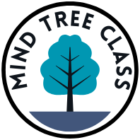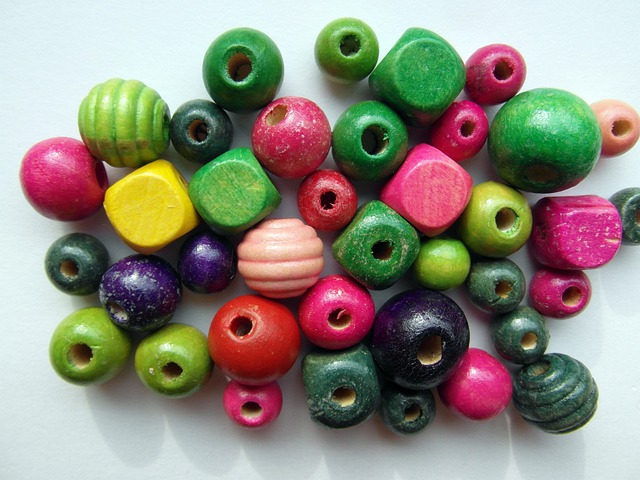Sorting and classifying activities for preschoolers and kindergarteners are my favorite resources to create and post on TPT! I am sure that many educators are also fond of printable kindergarten sorts.
Do you know that children start developing sorting skills in infancy? At first, children identify and compare objects around them. Then, they shift to more complex concepts. In the end, they learn how to group and classify abstract concepts. Basic concepts in early childhood include hot and cold, seasons, living and nonliving objects, places, things, and people in different combinations and groups.
Children can compare different concepts and identify similarities and differences if they use sorting worksheets, mats, and flashcards. It is so simple to print, cut, laminate, and use flashcards multiple times. Sorting activities are the first step towards math, science, and literacy skills.
There are many benefits of sorting activities:
- Hands-on;
- Brain and visual perception development;
- Increasing problem-solving skills;
- Fun and engaging;
- Loved by kids;
- Fine motor skills development;
- Occupational therapy;
- Memory and attention improvement.
Sorting is grouping objects according to similarities and classifying means grouping objects into prearranged groups. Sorting skills become more complicated with age. For example, preschool sorting skills include: comparing, ordering, matching, and sorting by size, color, shape, and even sound! Preschoolers classify buttons, erasers, pencils, toys, pens, lego blocks, crayons, animal figures, pompoms, and other objects around them.
You won’t believe it, but adults use sorting skills every day. For example, we sort laundry by color and material, sort groceries, and match the same two shoes and two socks before wearing them. We sort forks and spoons in the kitchen.
Humans process different information all the time. Information processing is an essential skill for children. Sorting activities may look simple, but they develop executive function skills. These skills can be taught, developed, and strengthened over time.
Executive function includes these skills:
- Self-monitoring and control;
- Attention, focus, and memory;
- Time management, planning, and organization;
- Adaptable thinking and task initiation;
- Defining and achieving goals;
- Stress tolerance and flexibility;
- Impulse control and emotion regulation;
- Self-restraint and self-awareness.
When children learn letters and numbers, sorting skills come into play! Good classifying skills help them differentiate letters from numbers and other shapes, lowercase from uppercase letters. Later, children begin to read different fonts and notice differences between them.
What can children sort?
- Colors, shapes, and sizes;
- Seasons
- Living and nonliving objects;
- Healthy and unhealthy food;
- Nouns (place, person, thing, animal);
- Letters and numbers;
- Even and odd numbers;
- Long and short objects;
- Heavy and light objects;
- Winter and summer clothes;
- Beginning or ending sounds (blends/ digraphs);
- Coins;
- Desert, arctic, or woodland animals;
- Transportation;
- Morning and evening routines;
- 2D/ 3D shapes;
- Emotions;
- Good or bad behavior;
- Recycling;
- Uppercase and lowercase;
- Hot or cold objects.
Here are some Kindergarten Sorting Activities. I loved using them in my classroom, and now I love creating them for other educators.


